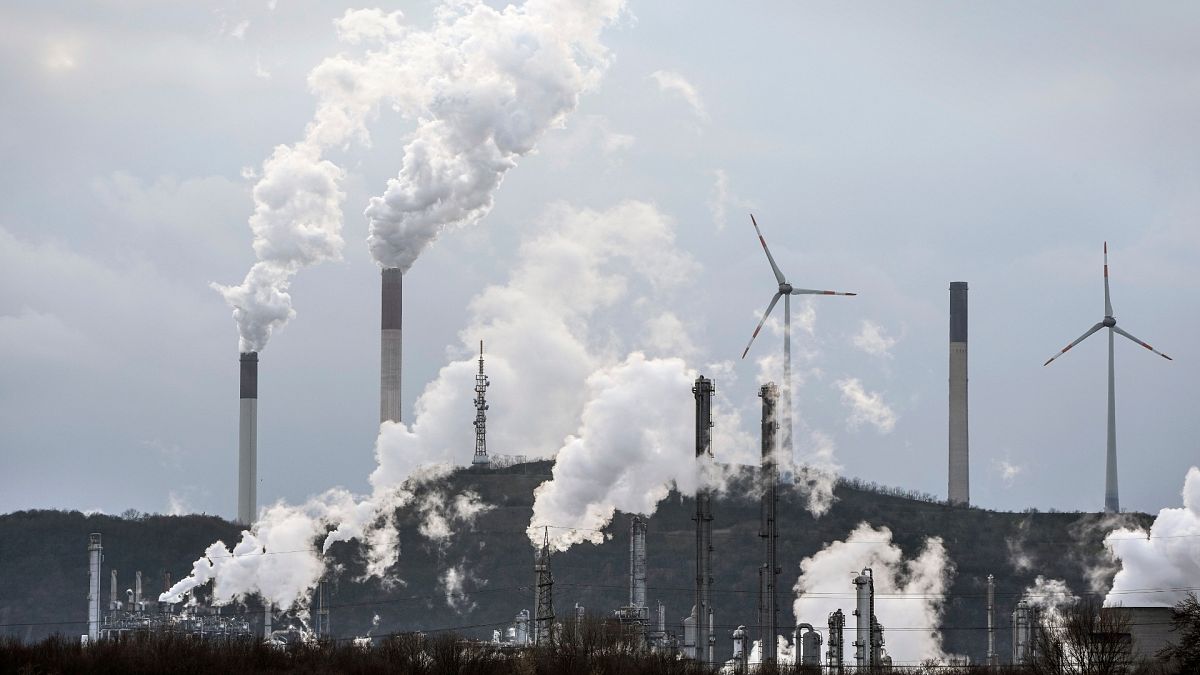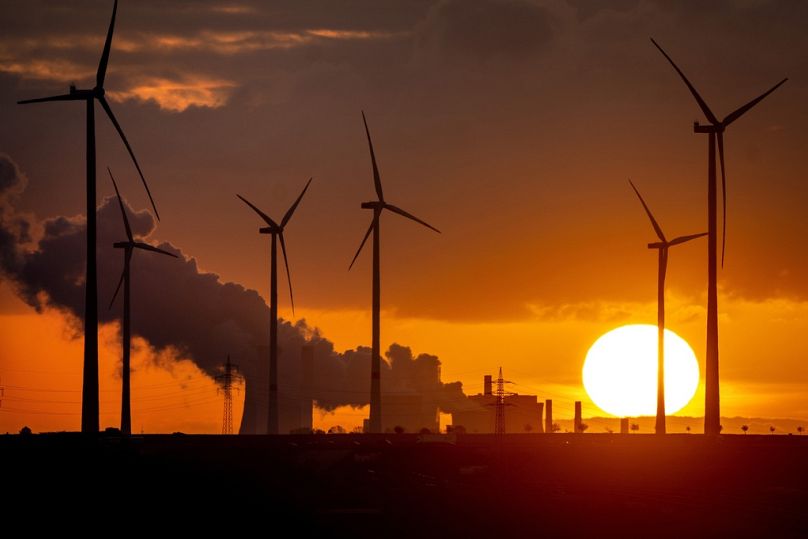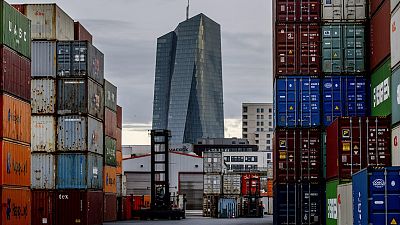The drop in fossil fuel generation was driven by wind and solar growth as well as the recovery of hydropower.
Fossil fuels provided less than a quarter of the EU’s energy for the first time in April.
The good news comes from energy think tank Ember which found that the proportion of electricity generated by fossil fuels in the bloc fell to a record low of 23 per cent last month - a sharp drop of 22 per cent compared to April 2023 despite an increase in demand. It also surpasses the previous record low of 27 per cent from May 2023.
Wind and solar growth as well as the recovery of hydropower drove the fall in fossil fuel generation and increased the share of renewables in the electricity mix to a record 54 per cent.
Wind and solar alone generated more than a third of the EU’s electricity in April while gas and coal fell. Coal contributed just 8.6 per cent of the energy mix compared to 30 per cent in 2023. Gas provided 12.1 per cent of the EU’s electricity - a 22 per cent decline year-on-year.
“The once unthinkable is happening before our eyes,” says Sarah Brown, Ember’s Europe Programme Director.
“Fossil fuels are on the way out of Europe’s power sector. Solar and wind have stepped up as the main players, proving they are ready to take on their role as the backbone of the modern clean electricity system.”
Which EU country saw the biggest drop in fossil fuel generation?
Germany saw the largest drop in fossil fuel generation in April when compared to last year. Seven coal fired power stations closed in the country at the end of March 2024 after their shut down was postponed due to the energy crisis. Overall, electricity from fossil fuels fell by 26 per cent in Germany representing 32 per cent of the total EU fall.
Italy saw the second biggest drop of 24 per cent contributing another 15 per cent of the EU’s total reduction in fossil fuel electricity. Spain was next, followed by France and the Netherlands.
Emissions fell despite rising electricity demand
Electricity demand has been undergoing a mild revival since last October. It increased 0.4 per cent in the first four months of the year when compared to 2023.
Despite rising demand, fossil fuel electricity generation still fell as renewables displaced them from the mix. Brown points to coal as an example of this.
“From 2016 to 2023, coal fell by over 300 terawatt hours and there was a similar rise in wind and solar over that period,” she explains.
“So we are seeing that the structural decline of coal is very much being replaced by wind and solar.”
The report from Ember says that while last month’s exceptional figures stand out, they are part of an established shift in the EU’s electricity transition with emissions down 18 per cent in the first four months of 2024 compared to the same period last year.




